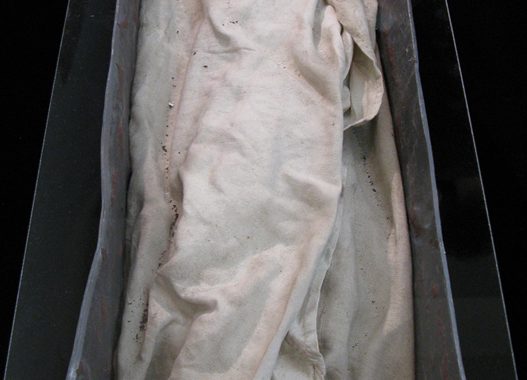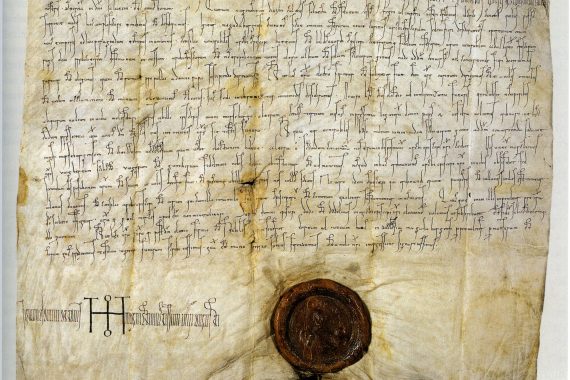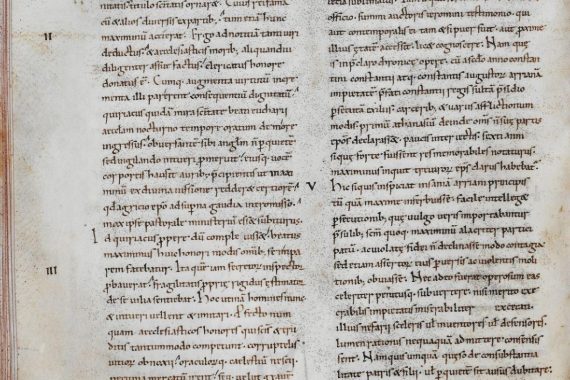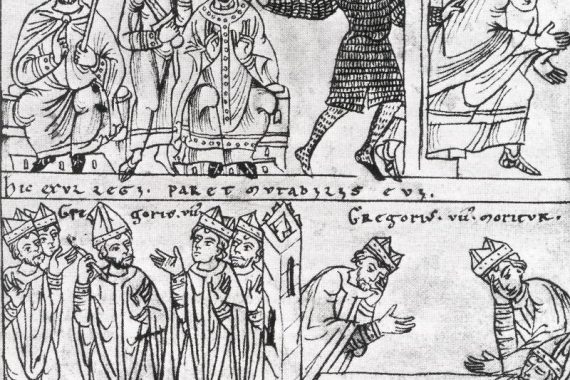Tomb effigy of Rudolf of Swabia
Date: 1080 Place of Production: Merseburg, Germany Description: Bronze tomb effigy embedded in the floor of Merseburg Cathedral. Rudolf’s tomb is one of the first known in the medieval west to be marked with a sculpted effigy in bronze, which was originally covered in gilding. Held at: Merseburg Cathedral Images licensed under CC BY 2.5. Image by Michail Jungierek.







